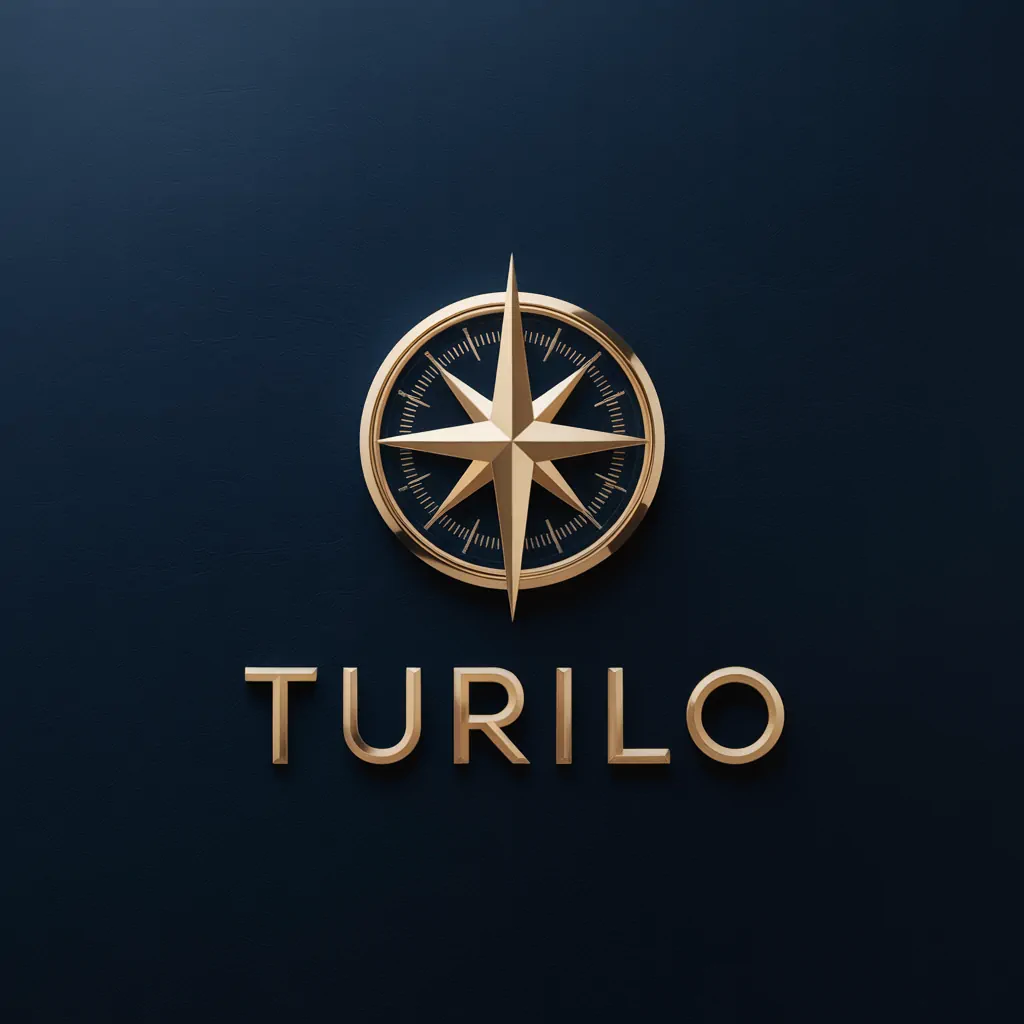Travel Agencies
Browse premium domain names carefully selected for your industry.
A great name for your travel site can really help your brand. A top-notch .com name boosts confidence right away. It also makes your marketing more effective. The best names are short, easy to remember, and easy to say, which means more people will book with you.
This guide will teach you how to pick the best domain name for your travel business. You’ll find out how the best travel domains make people remember you better across video, social media, and search engines. This means people will talk about your business more, come back often, and make fewer mistakes when they try to find you.
Start with a domain name for travel that is short and easy to say. Make sure your branding can grow to include all parts of travel like tours and hotels. Your name should be creative but clear, suggesting adventure without limiting your options.
Here’s a simple plan: know who you’re talking to, understand how they make purchases, create a list based on data, and make sure people can remember your name easily. Make sure your social media names match and look good with your logo and style. When you're ready, check out Brandtune.com to see the best .com names for travel that will fit your business and help it grow.
Why premium brandable .com domains matter for travel brands
Your domain is key in your booking journey's start. A quick, brandable .com gains trust in your travel brand swiftly. This enhances marketing outcomes in both paid and organic search. A clear, simple name lowers confusion and boosts brand memory at all points.
Memorability that boosts direct bookings and repeat visits
Snappy .com names are remembered after viewing ads on Google, Instagram, and YouTube. Or, when someone mentions you on TikTok. This sparks direct bookings, skipping fees from aggregators. It keeps travelers on your booking path. This steady memory raises branded searches and brings back past guests.
A sharp name is simple to say, spell, and type after hearing it on a podcast or seeing it in an airport ad. You get more bookmarks, more email sign-ups, and more return visits. These actions increase customer value over time.
Brand perception and trust signals in competitive travel niches
A choice .com hints at reliability, quality service, and up-to-date operations right away. In busy areas—like tours, boutique stays, and adventure journeys—it’s a mark of trust. This lowers site exits and reassures browsers looking through many choices. A name easy to say in any accent builds trust with travelers worldwide.
Having a premium .com helps in sales and support too. Teams, affiliates, and partners remember and share a simple web address easily. This keeps things moving smoothly during offer discussions and when updating plans.
Type-in traffic advantages for itineraries, tours, and packages
Billboards, airport displays, and brochures from partners still generate direct site visits if your name is brief and memorable. This direct approach enhances browsing trips, capturing leads, and asking about packages without extra steps. Clean names also improve ad titles and QR code scans, leading to better click rates and booking funnel results.
As your brand becomes more known, recall improves your performance in search ads, display ads, and emails. Over time, the advantages of having a premium .com stack up. This leads to more direct bookings and a stronger return on your marketing investments.
Choose the Best Premium Domain Name for Travel Business
Your domain is key to growth. It should be easy to say, type, and remember. Pick a creative name that grows with your business and fits your category.
Short, pronounceable, and easy-to-spell naming principles
Try for names with 5–10 characters. Use patterns that are easy to say without doubling letters. If you can repeat it easily, it's good.
Names should sound good in any accent. Stay away from weird spellings, hyphens, and numbers. Test how it works with voice assistants too.
Travel-specific semantics: wander, trek, fly, stay, trip, roam
Use strong travel words like wander, trek, and fly. They quickly show what you do. Combine them with unique words to avoid being like others.
Add words like route or haven to sharpen your focus. This helps your travel name be clear across all platforms.
Balancing creativity with clarity for tours, booking, and hospitality
Mix creativity with clear purpose. For bookings and tours, make it simple for mobile users. Avoid names that are hard to understand in ads.
Choose a tone that fits your market. Luxury brands need smooth names; adventure brands, something crisp. You'll get a domain that instantly shows value.
Future-proofing for expansion across destinations and services
Select a name that can grow. It should fit all types of trips and new offers. Don't limit yourself with a specific location name if you plan to expand.
Plan for the future. Your name should work well in emails and on signs. Choose a name that stays relevant as your business and customers grow.
Brandable short .com names that convert travelers
Short, catchy names help travelers decide to book. Your choice should be easy to say and fast to type. Follow the best tips for naming domains to help people remember them. This also makes buying on phones easier.
Two-syllable and three-syllable patterns that stick
Choose names with two or three syllables that are easy to remember. These work great in ads and podcasts. Pick simple patterns like CV-CV or CV-CVCV to make the name stick right away.
Names that are easy to say help people remember them, even when busy. Trochaic beats are catchy in short videos; iambic sounds good in longer lists. This makes domains that people will remember and want to visit.
Using rhythm, alliteration, and vowel harmony for recall
Use names with a nice rhythm and repeated sounds for travel sites. Mix similar vowel sounds to make the name easy for everyone to say. These sounds help people remember your site after seeing a quick ad.
Make sure your name sounds clear and inviting. Easy vowels and gentle consonants help avoid confusion with voice searches. They make customer calls clearer and improve your brand's image online.
Avoiding hyphens, numbers, and complex word blends
Don't use hyphens, numbers, or confusing word mixes that cause mistakes. Keep the main word positive and easy to recognize in travel talk. This is key to good domain naming and keeps the booking process smooth.
Simple names work best for logos and app icons. Sharp, easy-to-see designs work well on all screen types. This keeps your site easy to read, whether people are just looking, comparing prices, or finding last-minute offers on their phones.
SEO considerations for travel domain names
Your domain tells both search engines and travelers about your brand. It's important in travel SEO. Clarity and memorability help guide crawlers, increase clicks, and build authority with E-E-A-T signals.
When to lean brandable vs. partial keyword for search visibility
Today, a strong reputation and how users act matter more than just matching keywords exactly. A unique brand name might do better than a common phrase. This happens if you offer great guides, honest reviews, and good links. Think about whether to use a brand or keyword domain. Add words like “tours” or “stays” if they make your brand clearer.
Combine your brand with detailed content on many topics. This method improves niche travel SEO. It also keeps your brand ready for new ideas and services.
Clean URL structure and click-through rate impact from names
Start with a straightforward URL structure: short, easy paths help with SEO and getting more clicks. Use slugs that people actually search for. Keep your titles and URLs consistent to get more clicks in search results.
Organize your content well: for example, /tours/, /stays/, /deals/, /guides/. Keep your web content clear and avoid repeating content. Using breadcrumbs that match your titles helps too. These steps make your brand stronger online.
Geo and niche modifiers: city breaks, eco tours, luxury stays
When you need to be specific, use geo and niche terms in pages not in your main URL. For instance, /italy-tours/, /safari-packages/, /boutique-stays/. This method keeps your main brand strong while still drawing in the right visitors for city breaks, eco tours, and luxury stays.
Be consistent on all your online profiles, from Google Business Profile to Tripadvisor. Keeping everything unified helps your travel SEO. It also makes travelers and search engines trust you more.
Crafting a shortlist using data and audience insights
Begin by looking at analytics, CRM tags, and recent customer interviews. Identify traveler needs like adventure or relaxation. Then, connect these to purchase triggers. Use specific methods to match intent segments with fitting names. Names should reflect travel style, cost, or exclusivity.
Check out competitors on sites like Booking.com and Airbnb. Look for common prefixes and suffixes to avoid. Doing this helps your business stand out in searches and listings.
Hold a naming workshop with your main team. Mix travel words like wander or trek with catchy roots. From 30–50 names, pick the best ones using feedback from chats and reviews.
Evaluate each name for length, how easy it is to say, and if it fits the category. Also, consider typing ease on phones and how well it works with your logo. These steps help check if the market might like it.
Look into travel research like personas and journey maps. Make sure names match how people search. Avoid names too similar to others that could cause confusion.
Review your ads and website to ensure the name fits your image. The name should align with your main messages for trips and stays.
Create a clear list of the top 5–7 names with reasons for each. Finally, check if the social media names match. This helps you feel sure about your choice.
How to test a premium domain before you buy
Test your short list by using real-life methods. See if people can quickly remember the name. Also, check if people can understand it when said. Make sure it looks good in tight spaces and on social media. Use easy tools and quick steps for testing.
Five-second recall and radio test with target travelers
Show the domain to someone for five seconds. Then see if they can write it down. See how well they remember it and how quickly. Do the same but just say the name out loud. Notice any wrong guesses or confusion.
Choose names that people remember well and make few mistakes with. Names like these work great for trips, tours, and offers.
Voice assistant and mobile typing friction checks
See how well Siri, Google Assistant, and Alexa find the domain. Tell them to look for the domain idea and watch for mistakes. A good name works on the first try.
Test typing the domain on phones, both ways up. Check for typing errors and how fast it goes. Pick a name that's easy to type everywhere.
Social handle alignment and visual logo fit
Check if you can get matching social media names on big platforms. Look for clean, easy names that fit your main name. Make sure the short versions still fit your brand.
Put the name into a simple logo and an app icon. See if it works with your colors and themes. It should be easy to see and fit your style.
Finish by testing the domain in ads, emails, and with influencers. It should be easy to say, look clear, and make people want to click.
Where to find premium brandable travel domains
Start by looking in a marketplace that specializes in .coms for travel. Choose platforms known for clear, short names that grab attention. It's key to find domains that quickly tell travelers about trips, tours, and places to stay.
Pick domain names that offer more, like logos and explanations. Tags such as adventure, luxury, and family help too. These extras make it easier for your team to agree and feel excited about a name. It helps you buy with confidence, knowing how it looks and sounds in marketing.
Think bigger than just one website. Aim for a main .com and others that cover your needs. This includes saving your spot for deals and collaborations. Be quick, set a budget, and know what you want, as the best names sell fast.
Ready to find your perfect travel domain? Go to Brandtune for top .com options. There, find domains that fit your exact needs. Act quickly on the best ones and buy domains that make your brand stand out right away.






